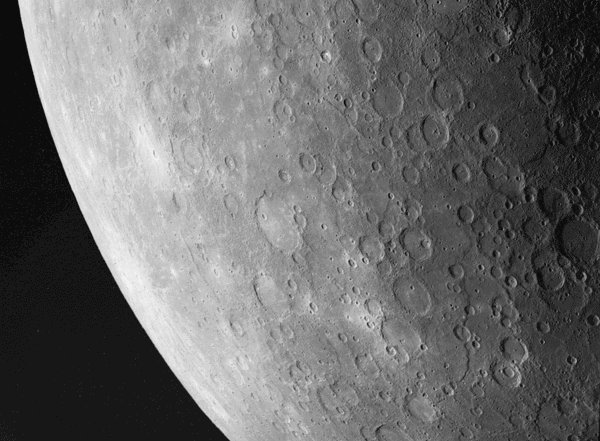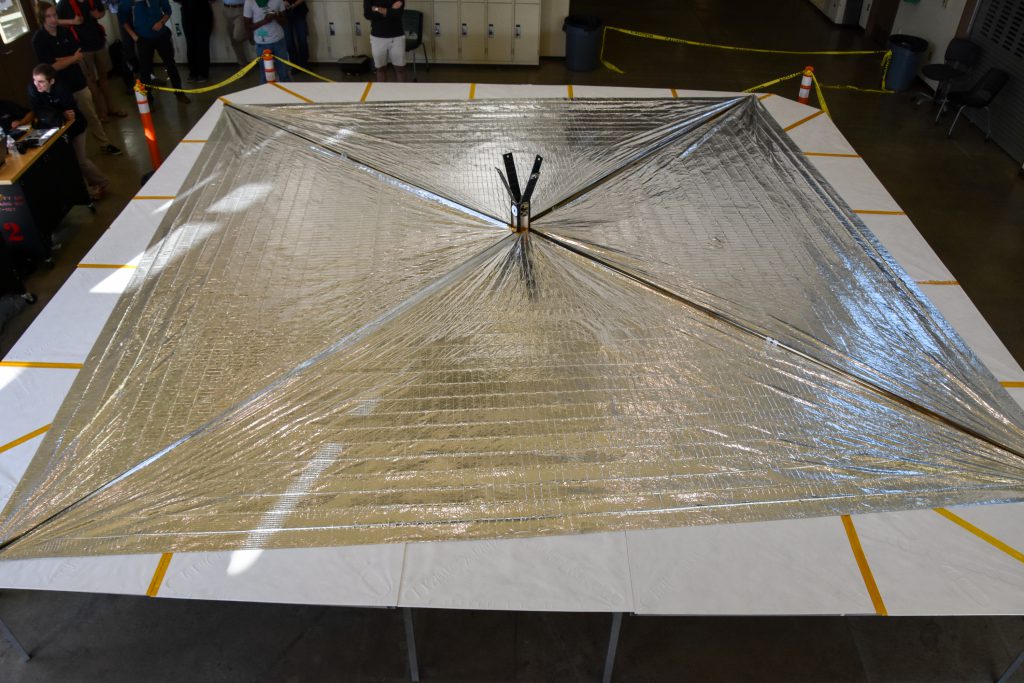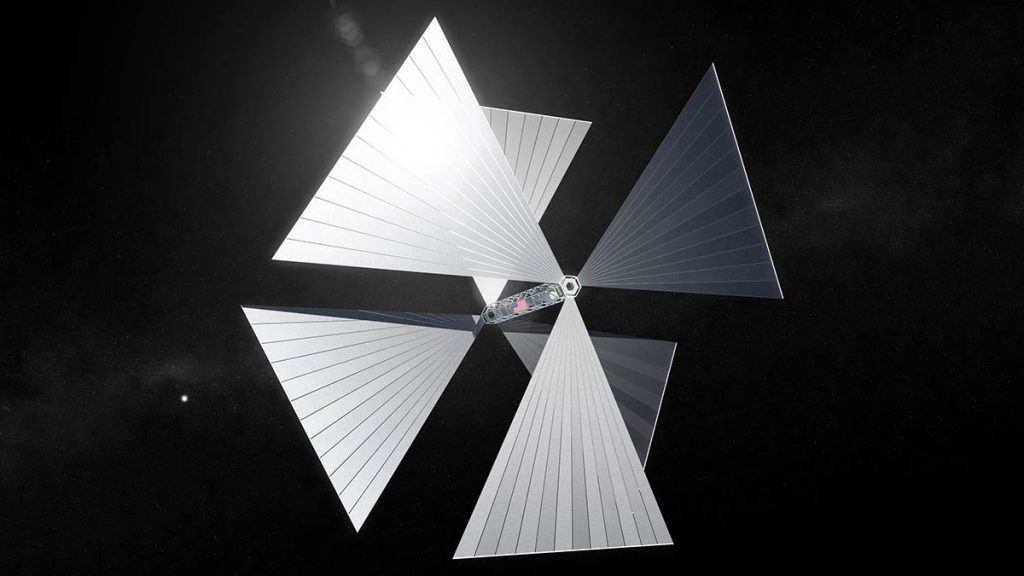Solar Sails: Redefining Space Exploration
By Devika S
How does a sail on a boat work? Simply put, the forces of the wind on the sails (aerodynamics) work against the drag force from the water (hydrodynamics) to propel the boat through the water. But not all sails are powered by the winds on Earth. Applying sail technology to space has led to the development of the “solar sail”, a technology that relies on powering spaceflight by the force of radiation from a star.

Solar sailing was first considered by Johannes Kepler in 1610, when he wrote about a sail in space that might one day capture sunlight the way a boat sail catches the wind. However, the practical demonstration that this could actually work happened much later. That event dates to 1974, in between the orbits of Venus and Mercury, where NASA’s Mariner-10 spacecraft encountered an unexpected issue — the lack of enough propellant to alter the course of the spacecraft. An ingenious idea that came up to resolve the matter was to align the solar panels of the spacecraft in such a way that the sunlight hitting them would exert a force, which would in turn move and position the spacecraft as required. This idea led to us being able to obtain the first close-up images of Mercury, as captured by Mariner-10, and motivated further work on solar sailing.
Solar sailing uses the ceaseless radiation emitted by the Sun as an energy source. Even when we are out in the sunlight ourselves here on Earth, there is a force that is being exerted on us, even though we don’t feel it. But the story is different in space because there we don’t have anything to anchor ourselves against this force. So the pressure exerted by the Sun provides an acceleration.
Solar sailing offers a solution to one of the largest obstacles for space missions today: the fuel supply. The fuel for a solar sail is out there, in plentiful supply, with no worries of running out any time soon. Going beyond the simple fix for a problem from Mariner 10, the Japanese Aerospace Exploration Agency’s IKAROS (Interplanetary Kite-craft Accelerated by Radiation Of the Sun) became the first to intentionally demonstrate solar sailing in 2010. This mission was designed to demonstrate four key technologies:
- Deployment and control of a large, thin solar sail membrane
- Thin-film solar cells integrated into the sail to power the payload
- Measurement of acceleration due to radiation pressure on the solar sail
- Attitude control by varying the reflectance of 80 liquid crystal panels embedded in the sail

The spacecraft was launched on 20 May 2010, aboard an H-IIA rocket, together with the Akatsuki (Venus Climate Orbiter) probe and four other small spacecraft. On 8 December 2010, IKAROS flew by Venus at a distance of 80,800 km (50,200 mi), successfully completing its planned mission, and entered its extended operation phase.
The key enabling technology behind solar sailing is making the payload as small and lightweight as possible. Cubesat and nanosat technologies are small satellites that could weigh less than a kilogram and contain all the micro-electronics necessary to carry out a mission. These satellites, combined with a solar sail could make a very effective entity for space exploration. The Planetary Society has set out to prove that this could be a practical option, with their lightweight Cubesat, Lightsail-2, which is the size of a bread loaf and was launched aboard a SpaceX Falcon Heavy rocket in 2019. The material of this sail is Mylar, about 4 microns in width (a micron being one-millionth of a meter). Lightsail was the first-ever mission to successfully maneuver in space using solar sailing.

Just like any other technology solar sailing also has its challenges. One of the disadvantages of the current designs of a solar sail is that we have to pitch, roll, and yaw the entire sail. If it could be broken into parts, it would be possible to articulate them individually and make it more efficient. This is what Xplore is working on, with their SunVane concept. It takes a large area, broken down into six individual vanes. Another limitation is that the payload cannot be more than a certain extent, which means it will not be practical to send humans to interstellar space using solar sails, as of now. Developing materials like silicon nitrides or silica sails could prove to be efficient for more advanced outer space exploration, due to their durability which could even make approaching the Sun feasible. It is amazing to think about the potential of this technology to achieve breakthroughs in space exploration without utilizing even a single drop of fuel. Nevertheless, it is to be asserted that with more research and development, it could happen one day, and solar sails with small satellites could even provide chances to go beyond our solar system — perhaps even to Alpha Centauri, the closest star system, in about 20 years. This is currently being explored as part of the Breakthrough Starshot initiative, which involves a multi-kilometer phased array of beam-steerable lasers with a combined coherent power output of up to 100 GW.
By sending micro-robots to other planets in the solar system or beyond, the possibility of life and the environment could be intensively studied. Researchers might even make it possible to create an environment adaptable to the current life forms from Earth. Hopefully, solar sails will allow us to one day visit other planets, potentially find other habitable Earth-like worlds, and learn more about our universe in general.
References
- https://www.space.com/18301-mariner-10.html
- https://earth.esa.int/web/eoportal/satellite-missions/i/ikaros
- https://www.planetary.org/sci-tech/lightsail
- https://www.xplore.com/press/releases/2020/04.28.2020_Xplore_SGLF_NASA_NIAC_Phase_III.html
Devika S is a biotechnology student at National Institute of Technology, Calicut, India and is currently a Research Associate at BMSIS, working with Dr. Shiladitya DasSarma.
